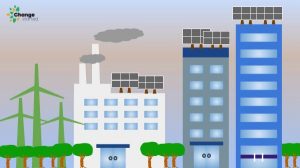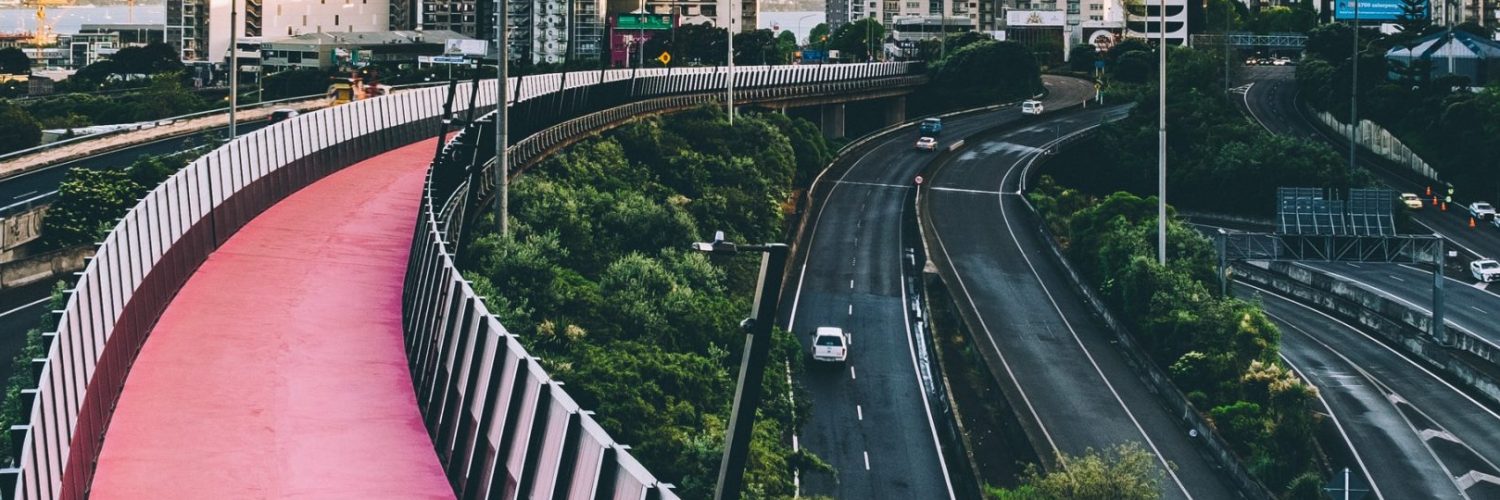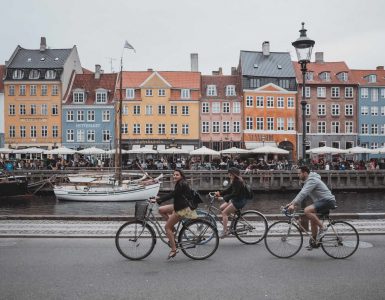Smart City Mission In India
The Indian Government of India launched a mission of creating 100 Smart Cities across the country in 2015. The proposal is based on better technology, superior management, and modern governance.
In the first round of the mission, 20 cities were chosen in January 2016; followed by another 13 in May 2016. In September 2016, during the second round, 27 more cities were selected; in the third, in June 2017, another 30; in the fourth in January 2018, another nine. Meghalaya’s capital, Shillong, was included as the 100th city in June 2018.
Each one of these smart cities will be a stand-alone engine of economic growth based on the idea of maximizing self-reliance and inclusion – as Mahatma Gandhi had envisioned in his concept of Swaraj with Sarvoday.
What is the need for Smart Cities?
In the past many years, India has already developed many residential, commercial, and retail spaces across many cities. While this is phenomenal growth, yet it is also largely unplanned, uncoordinated and hence is now under intense pressure on the population, social assets, and infrastructure.
In this context, we need new models of development of urban settlements, the 21st-century sustainable growth model of India has to guide urban development and urban amenities work in an integrated manner with rural upliftment. However, such development systems need to be “green” and ecologically sustainable. especially in India which is a hub of biodiversity and also environmentally stressed.
Rapid economic growth vis-a-vis rapid population growth:
Rapid economic growth, as well as rapid population growth, is the major issue expressing the challenge of sustaining its rapid economic growth. The opportunities for education, employment, and entertainment are considered to be the key factors that force people to migrate from rural areas to urban towns and cities.
The cities are facing the challenge of rapid population growth where existing infrastructure has not kept pace with the increased requirements. The state of the World’s Cities report brought out by UN-Habitat has indicated that more than half of the world’s population currently lives in cities and is projected to increase to 75% by 2050. Thus, the world’s future prosperity largely depends on the ability of cities to reduce risk and build resilience to both natural and man-made disasters. It is estimated that about 500 new cities would be needed to accommodate the influx.
India and the developing countries have been witnessing a major demographic boom, with strong and irreversible trends in urbanization. Cities have been contributing to more than 70% of GDP for vibrant economic development. In the coming decades, the urban sector will play a critical role in the structural transformation of the Indian economy and in sustaining the high rates of economic growth. However, deficiencies in urban infrastructure, citizen services, as well as governance mechanisms for making cities safe and livable life are crucial and, in many cases, it has reached crisis level situations.
Urbanization in India poses an urgent and difficult challenge, too often characterized by widespread poverty, poor urban infrastructure, and environmental degradation. This requires us to act fast or we will have to deal with the social and environmental crisis of disastrous proportions. Thus, the question arises: What is the vision we can have for our cities in the future? The problems the world presently faces in the realms of environment, poverty, and health demand that Indian cities craft a vision of an entirely new developmental model. Hence, at this critical juncture, we need to choose a new path.
Concept of Smart City: Salient Features

The concept of smart cities originated at a time when the entire world was facing one of the worst economic crises. The development of smart cities is no longer a matter of choice but a necessity due to chilling consequences on human health and the enormous load on rural land. The growing urban population in Indian cities has exerted and continues to exert considerable pressure on basic services such as water supply sanitation, wastewater, and integrated solid-waste management, etc.
Out of the proposed 100 smart cities, many of these cities will include special investment regions or special economic zones with modified regulations and tax structures to make them attractive for foreign investment. Smart Cities in the urban regions will be highly advanced in terms of overall infrastructure, sustainable real estate, communications, and market viability.
Information technology will be the principal infrastructure and the basis for providing essential services to residents. It is believed that a smart city will be efficient in identifying and solving essential urban issues since it will be meticulously connected by wireless devices and a network of sensors, cameras, data centers, and analytics. It is also expected to have technologies to identify sources of pollution and to take appropriate actions to tackle pollution. It will provide a high quality of life, better economic opportunities, safety, and good health. It will also enable optimum savings in energy, cost of transport, buildings, etc.
Efficient governance will create a sell sustainable habitat with wiser use of natural resources, reduced pollution levels, and low carbon print. The challenge for Indian cities is not solely to make these basic services available to all citizens, but also to ensure that these services are of acceptable quality.
After discussion with experts on urban planning, architects, environmentalists, engineers, and our own experience, each smart city would have 1500-2500 acre core economic engine-acting like a city center, habitat surrounded by 50,000 acres satellite or periphery area integrate the suburban and rural area into the smart city with about 400 villages. Such a smart city would reside about one million people each with about 60-70% of the population in the periphery (satellite).
It would generate employment to 300,000 jobs, 50% in technology-driven high-end industries, 20% in city planning and maintenance, and the remaining 30% in rural/sub-urban economy including agriculture processing.
A smart city should be able to provide at least 150 sqft per person area towards open spaces. Smart cities will be built using smart materials (nanotechnology-based) and smart design (such as reflective paints) to reduce the cost of construction and maintenance.
There will be at least one university and highly specialized research center in the smart city inked to the core economic activity of the city. Smart cities will be designed around the concept of “walk-to-places” having skywalks and well-managed pedestrian spaces.
They should be vibrant with rooftop solar power and water harvesting as a household-level economic activity. This will enable a substantial reduction in carbon and energy footprint, reduce inequalities and reduce cost by using technology integration and economies of scale. These cites should be net carbon emission neutral, they should be high on HDI score, be net dollar positive (exports exceeding imports), and high on transparency.
Contributed by PB Rastogi, Former Advisor to Ministry of Forests and Climate Change, India.






Add comment